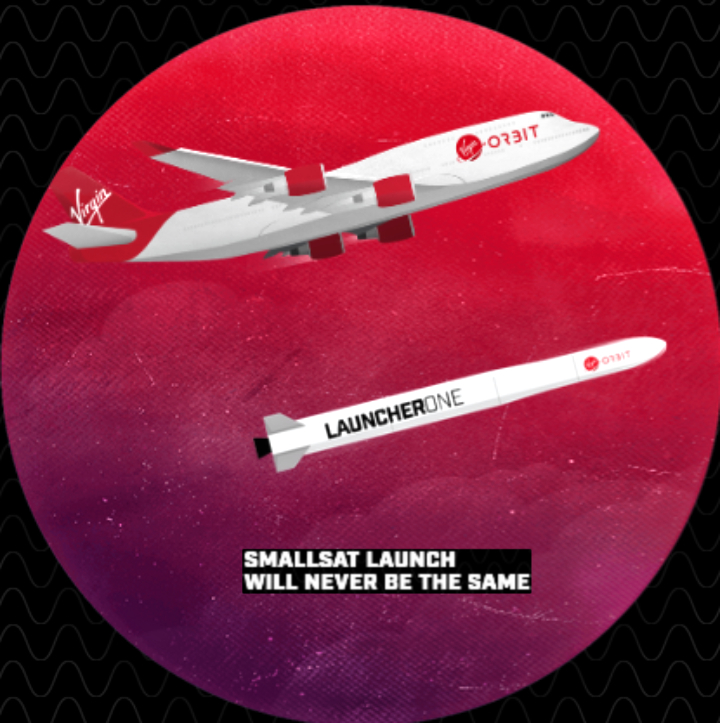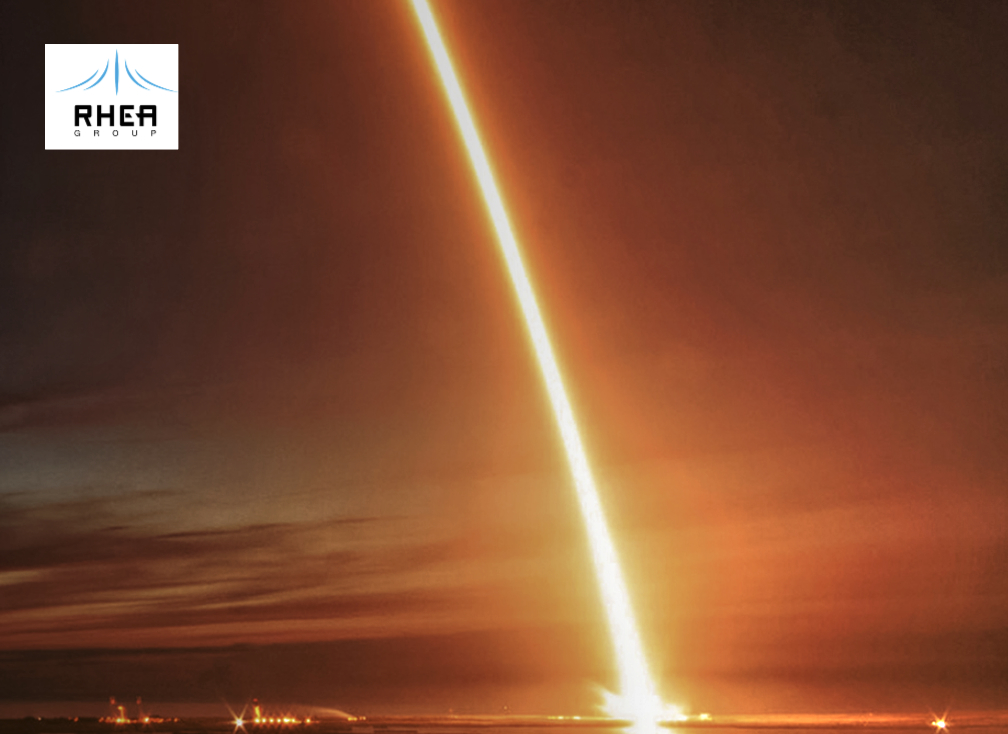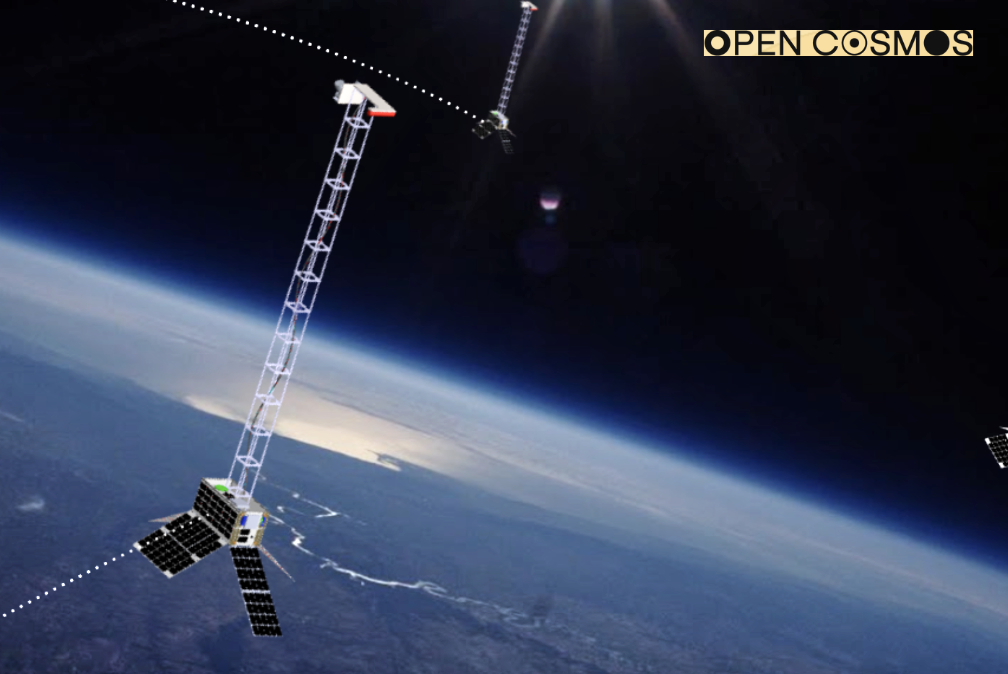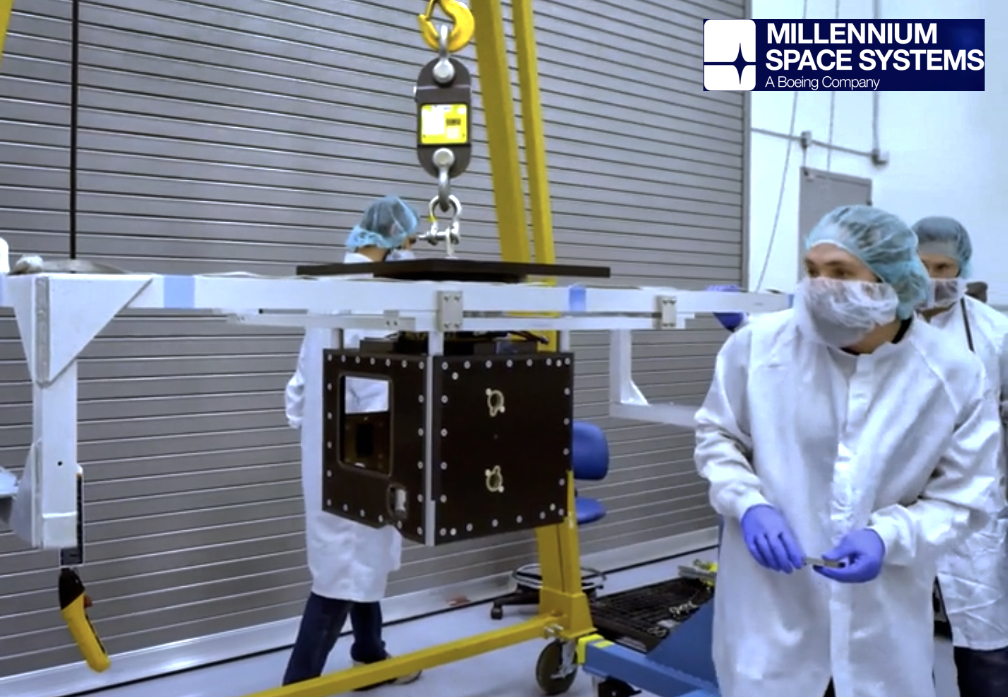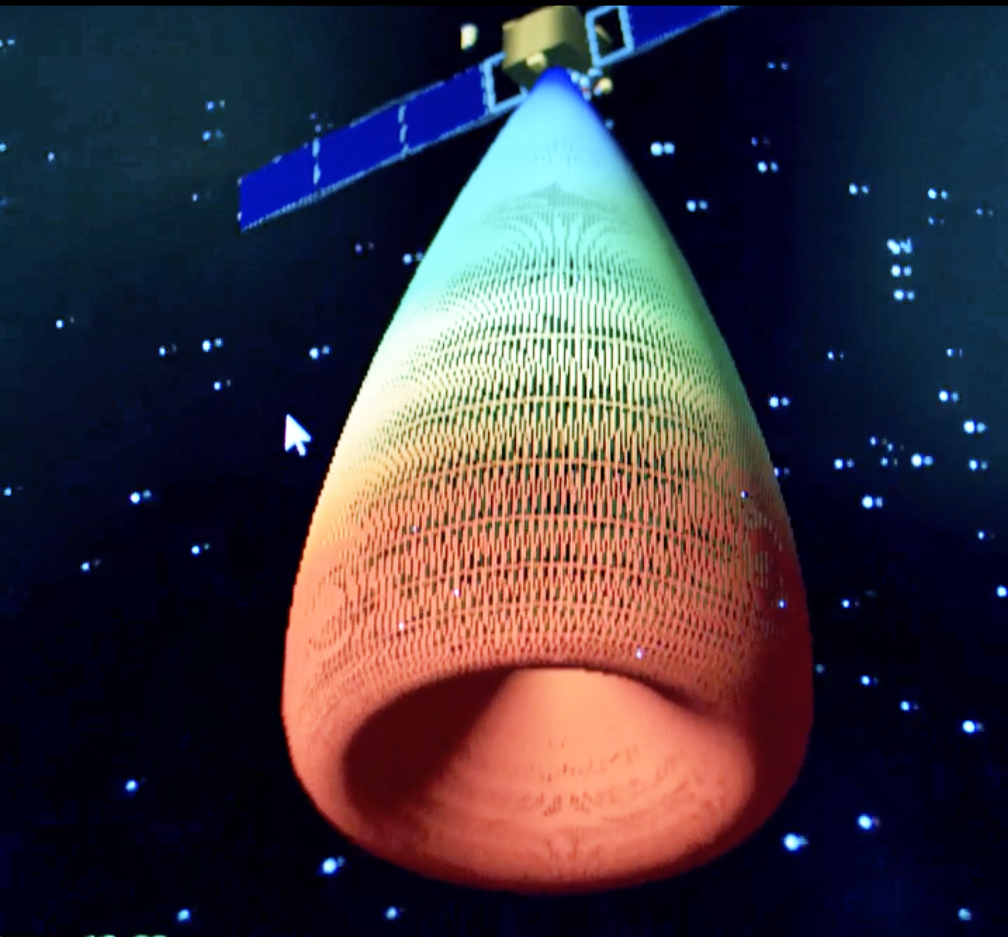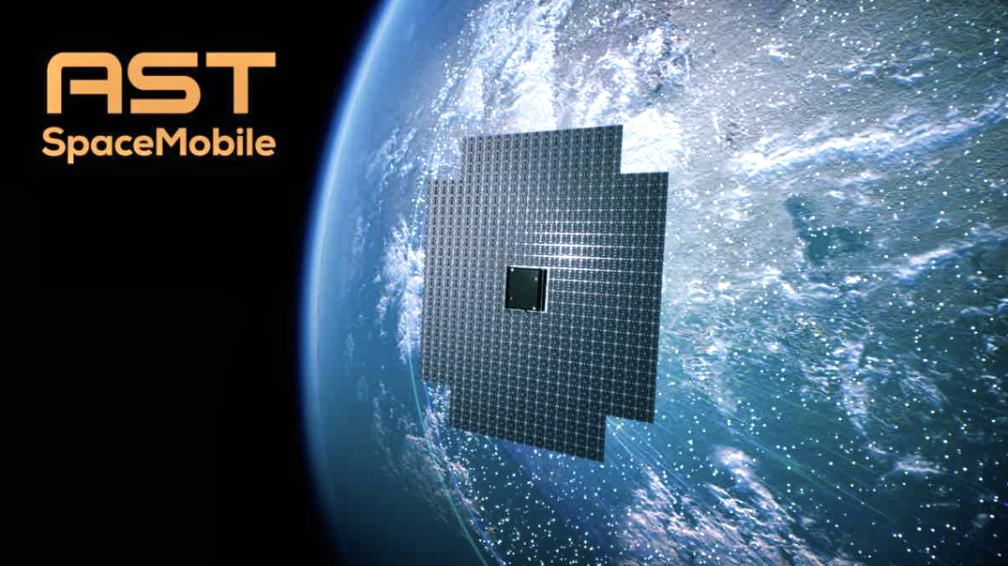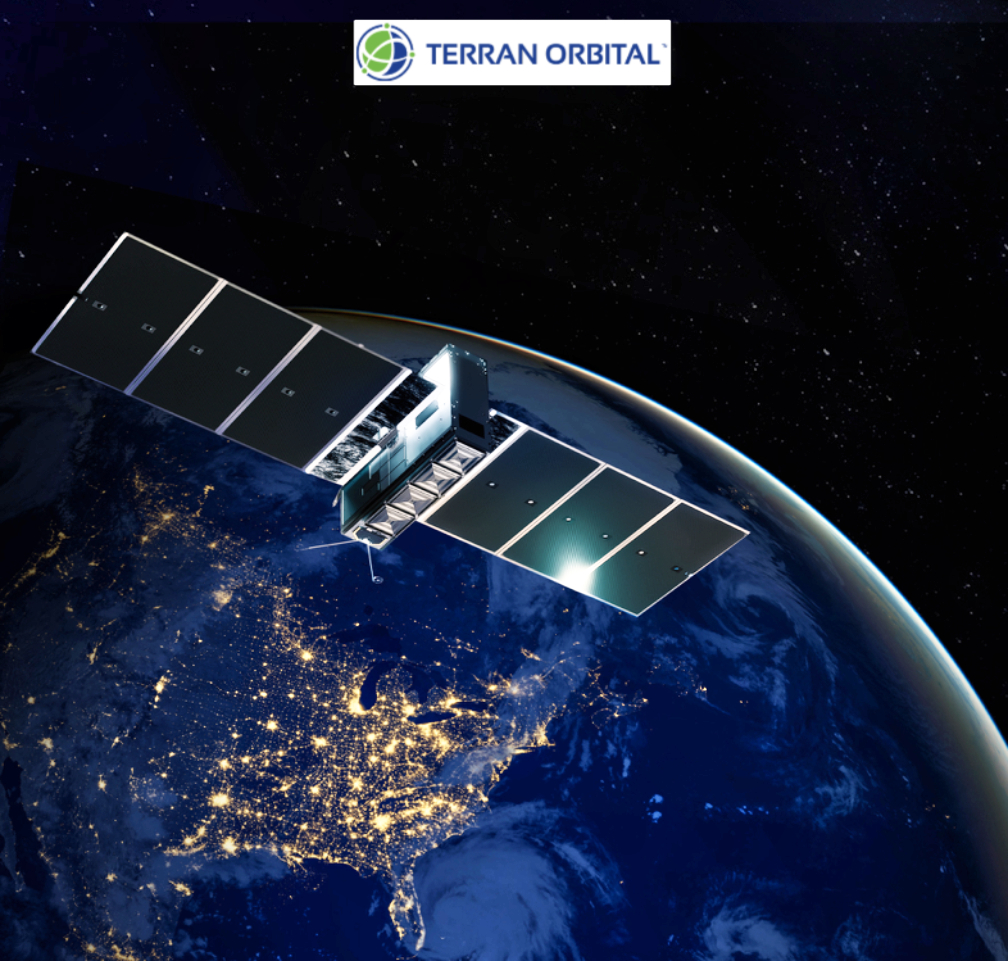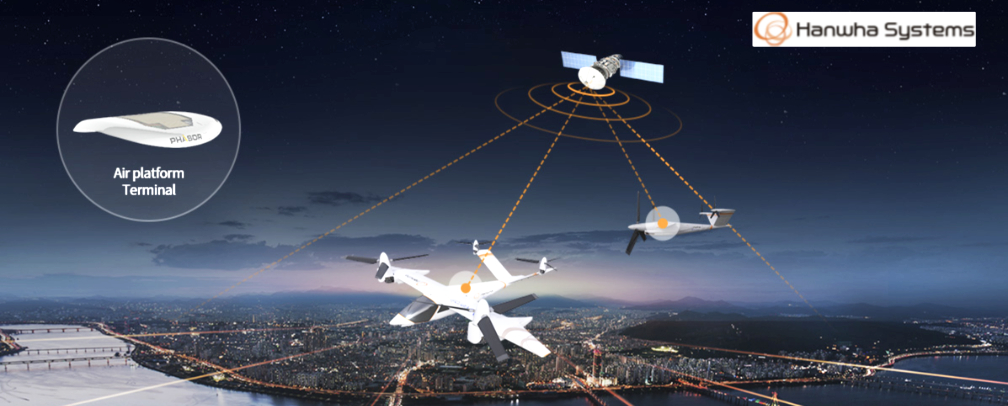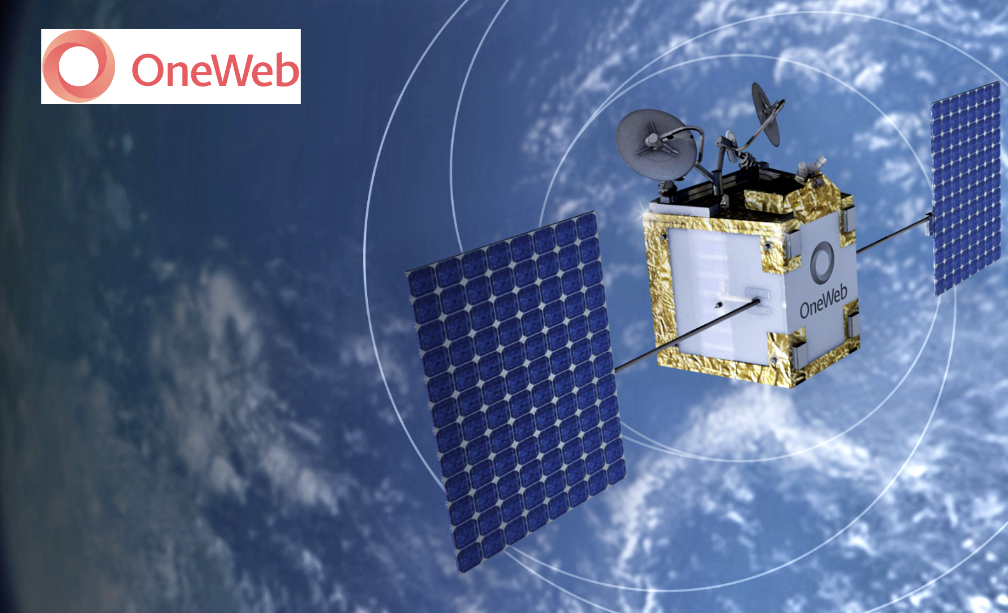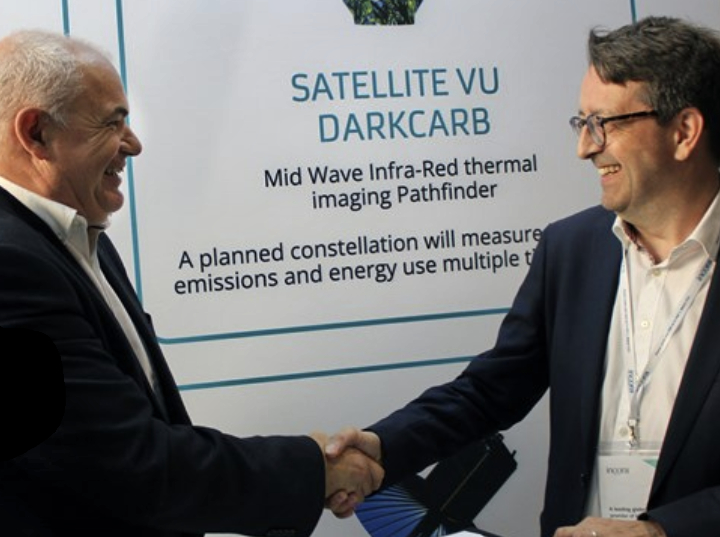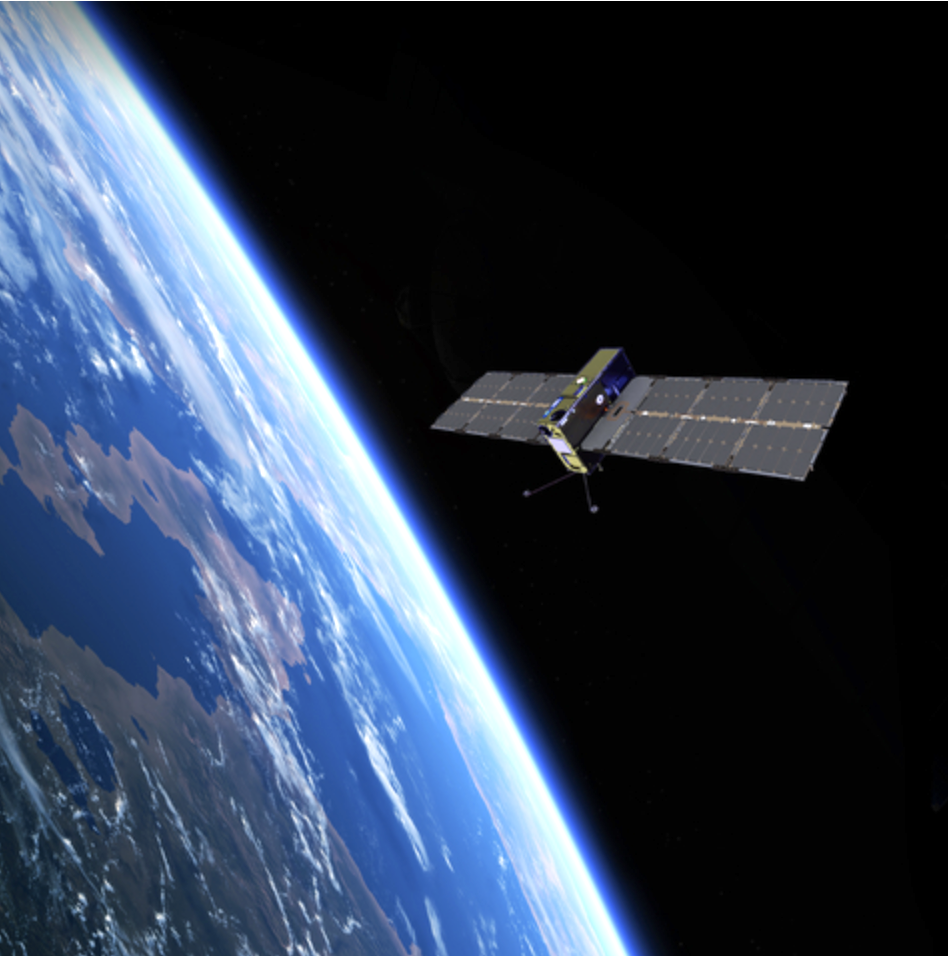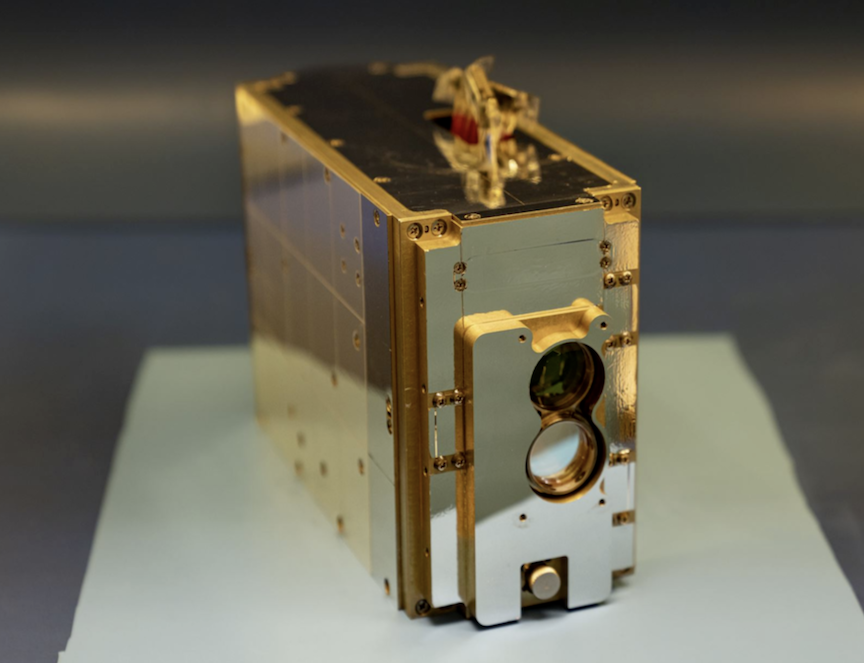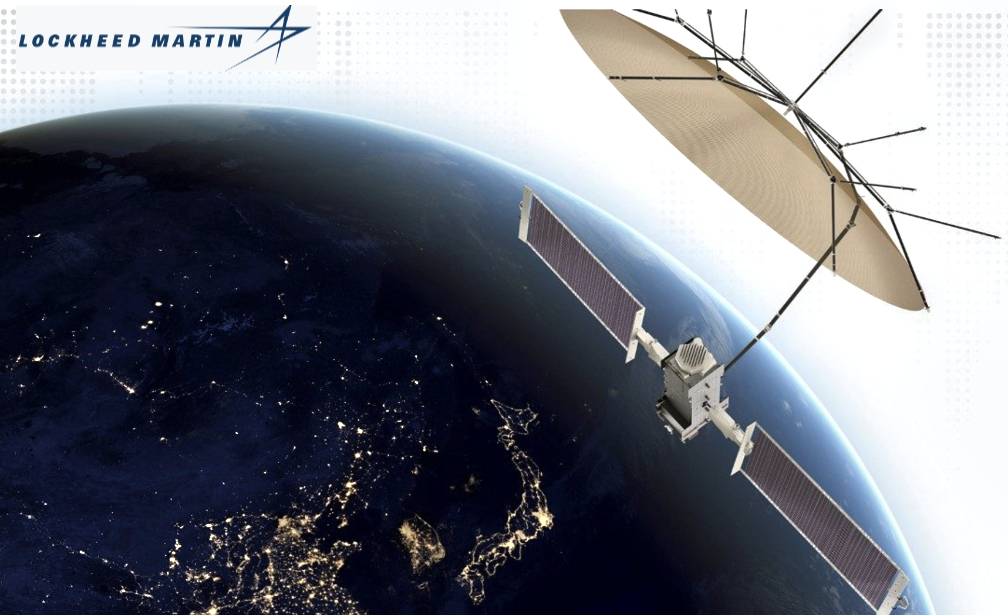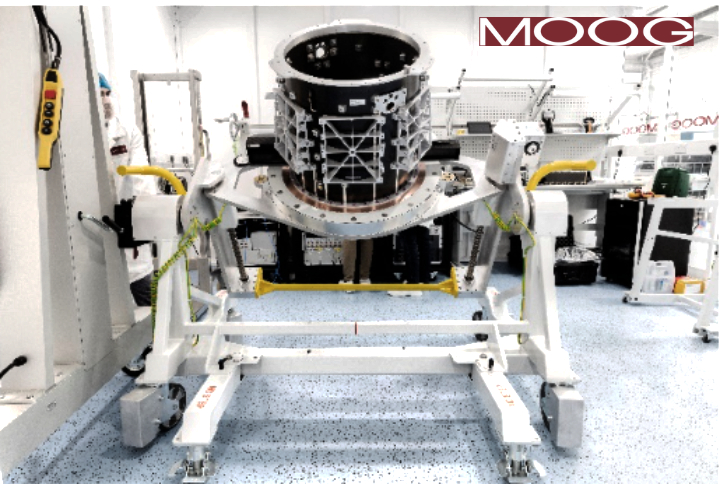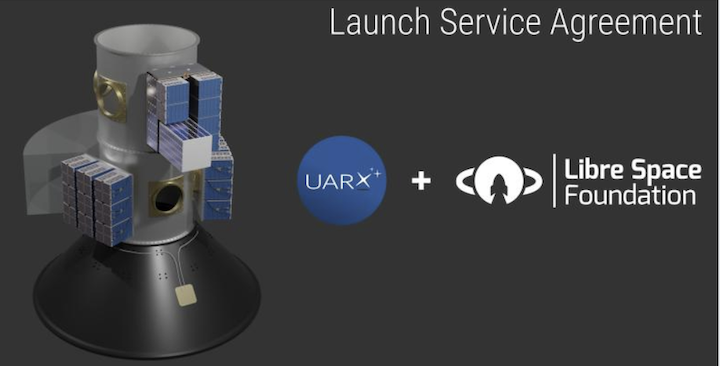
…designs, develops and delivers satellite missions selected UARX Space, a European leader in in-space transportation and developer of highly reliable separation systems for small satellites, for multiple launch services for their PocketQube deployers. The launches of Libre Space Foundation are scheduled for 2023 and 2024
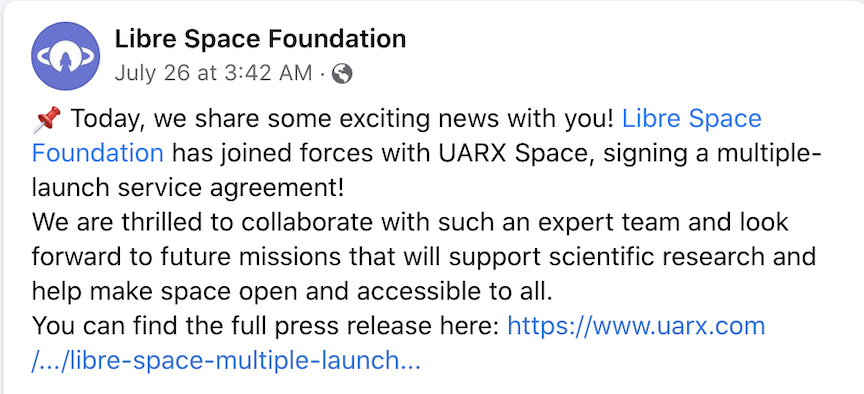
Libre Space Foundation, a not-for-profit organization that designs, develops and delivers satellite missions selected UARX Space, a European leader in in-space transportation and developer of highly reliable separation systems for small satellites, for multiple launch services for their PocketQube deployers. The launches of Libre Space Foundation are scheduled for 2023 and 2024.
“UARX Space is one of the top launch services providers in Europe; we are happy with the sign of these service agreements and to be working and be backed with the experience of the UARX team,” said Mr. Manthos Papamatthaiou, Chairman of the Libre Space Foundation.
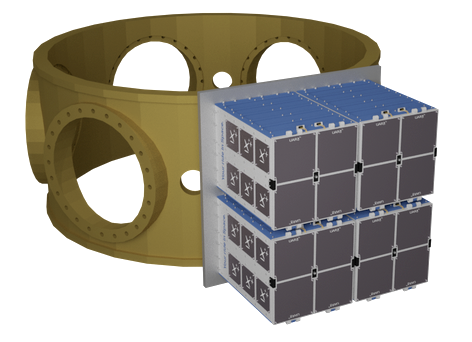
TOM is the simplest access to space that we have. It is highly configurable, allowing us to deploy the different types of small satellites to the initial orbit where the rocket arrives.
The vehicle comprises several satellite deployers and a highly reliable sequencer that allows us to control the deployment of each payload carried that requires being released to orbit.
TOM is not detached from the Launch Vehicle at any moment, so it ultimately gets burned with the rocket without generating space debris.
UARX will launch into Space several PocketQube deployers of Libre Space Foundation. The launches are scheduled for 2023 and 2024 and are part of the launch manifest of UARX for the next coming years.
“We’re thrilled to have Libre Space as our customer and to support their team with our outstanding technical assistance,” says Mrs. Yanina Hallak, CEO of UARX Space. “We thank Manthos and his team for the trust put on us, and we look forward to future missions with them,” says Mr. Andrés Villa, CTO of UARX Space.

